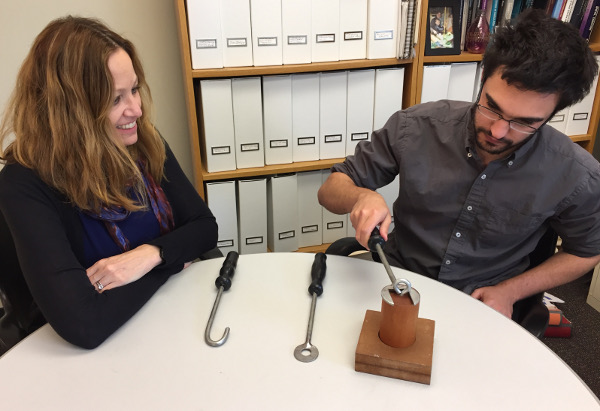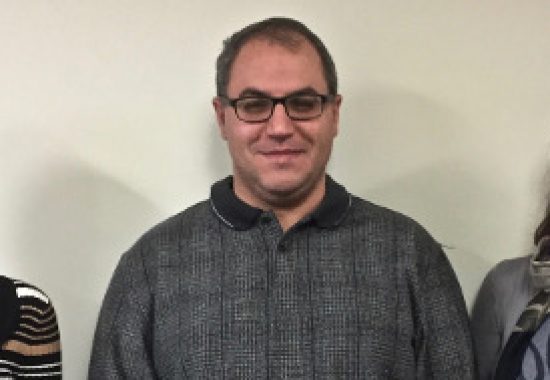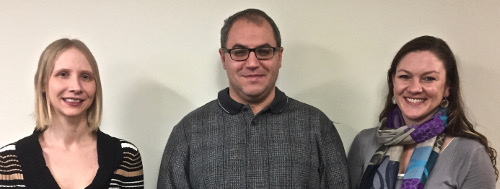Imagine attempting to find an everyday kitchen item—for example, a spatula— in a drawer, and then using the spatula to flip a pancake. What if instead of retrieving the spatula, you picked up and used a nearby fork with a spatula-like action? Such errors, in which objects are mis-used during the course of everyday actions, are experienced by thousands of individuals with a disabling and common disorder known as limb apraxia.
For more than two decades, the Cognition and Action Lab at MRRI, headed by Laurel Buxbaum, PsyD, has been making strides in understanding both the neurological deficits and regions of the brain involved in this disorder, as well as the normal cognitive mechanisms that permit successful tool-related actions. Among the lab’s many achievements is the development of a cognitive neuroanatomical model of the processes and brain regions that may govern complex tool-related behaviors. Continue Reading






